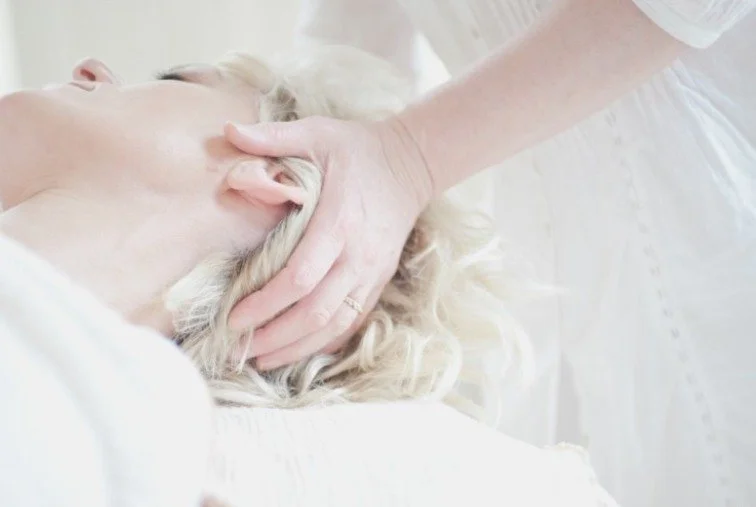Why Loungewear Should Be a Staple in Your Everyday Wardrobe
Gone are the days when you needed to get all dressed up to look your best. Loungewear has become the apparel of choice for many people's everyday use.
Despite being designed primarily to wear at home, it's not unusual to see people rocking tracksuits, sweatpants, cardigans, or slip dresses while out and about. The trend isn't slowing down, either. Market Research Future reports that the loungewear market is set to grow from $7.23 billion in 2024 to $15.87 billion by 2032. With more veering toward comfort and conscious consumption, the appeal of loungewear has only grown stronger since options are diverse, stylish, and multi-purpose; there's something for everyone.
Here's why loungewear should be a staple in your everyday wardrobe:
The rise of loungewear
Loungewear isn't new in the fashion world, but its popularity quickly skyrocketed during the Covid-19 pandemic. With more working from home, people wanted comfortable yet presentable clothing, and loungewear fit the bill perfectly. Even as restrictions lifted, the trend persisted with a new spin. Aside from wearing these staples at home, people could style them to be worn in public so they could walk out the door with little effort.
Fashionable options arose that catered to the use of loungewear in everyday life. Pieces like leggings, matching tracksuits, sweaters, and the like have adapted to the trend through innovations, making them even more comfortable and stylish to wear in various settings. Breathable fabrics, moisture-wicking properties, heat technology, and more designs, textures, and colors have made them must-haves for a multi-faceted lifestyle. Its popularity has also coincided with the shift away from fast fashion and overconsumption. Comfortable and stylish garments that can be worn for multiple purposes rather than opting for fashion fads make loungewear appealing to conscious consumers.
The benefits of loungewear for everyday life
Versatility
Loungewear is no longer reserved for lazy days at home; they've become great casual clothing you can wear almost anywhere. Many pieces have shifted away from being slouchy and formless and have become more elevated, featuring premium materials, chic silhouettes, or matching sets for coordination. A Barefoot Dreams cardigan shows how loungewear blends comfort and fashion; you can wear one for a night in or throw one on before you leave the house to elevate your look. The CozyChic Cable Buttoned Cardigan can be worn for dinner out or while running errands, thanks to its structure and stylish elements, but it is still cozy enough for a chill weekend on the couch. The CozyChic Lite Shawl Cardigan can be layered with other pieces when the weather is cold or add warmth without being too hot during the spring or summer. Cardigans and other loungewear items can be worn almost anywhere for almost any occasion with the right styling to complement them.
Affordable celebrity style
Many dream of raiding the closets or emulating the looks of Hollywood A-listers or the music industry's elite, but designer clothes and accessories aren't accessible to many. Loungewear has emerged as a way to steal the style of your favorite celebrities without breaking the bank. Many stars have been seen rocking casual loungewear pieces like sweaters, matching sets, and leggings when out and about, and many aren't from expensive luxury fashion houses. Brands like Lululemon and Alo Yoga have earned the stamp of approval from stars like Hailey Bieber, Jennifer Lopez, Nicole Kidman, and more. They're practical enough for daily activities while still looking cute for the paparazzi. Many celebrities with their own fashion brands have also hopped on the loungewear trend. Rihanna's Savage X Fenty line offers a wide range of loungewear staples, from hoodies to cuffed joggers to onesies. They center around exuding confidence and sexiness with a laid-back twist. Kim Kardashian also offers Skims loungewear, embodying luxury through her iconic name while still remaining affordable. Loungewear can help you channel your inner celebrity while staying within your budget and maintaining comfort.
Travel-friendly
Travel style often sacrifices fashion for comfort, but with loungewear, you can have the best of both worlds. Thanks to its versatility, loungewear is great for traveling, and you can mix and match it with other pieces in your wardrobe. You can wear a matching tracksuit for a put-together look and combine it with stylish accessories and sneakers for sightseeing or slip a sweater and sweatpants on at the hotel after a long day of thrilling activities. Our "5 Essentials You Need On Every Vacation Loungewear" post highlights how packing light clothing helps free up luggage space, and loungewear can be perfect since it has multiple purposes; you don't need to pack too much if you have pieces that can be used anywhere. It is also the ideal attire for airplanes and airports. Loungewear pieces aren't so pajama-like that they look strange to wear in public, but they provide equal comfort, perfect for long flights or waiting at the airport.






